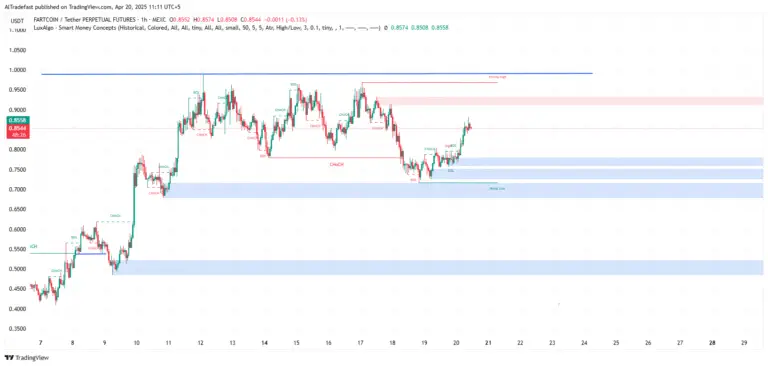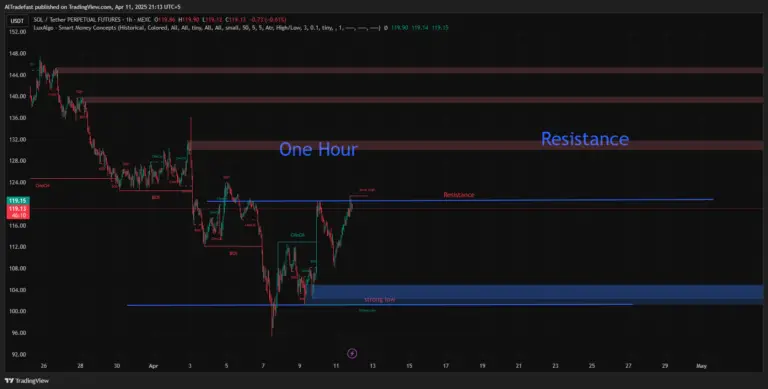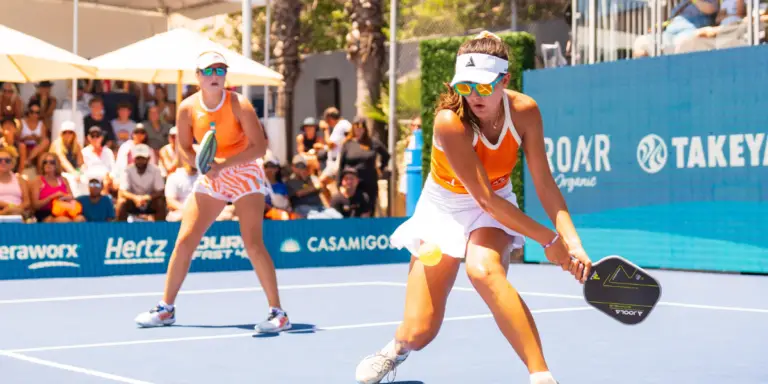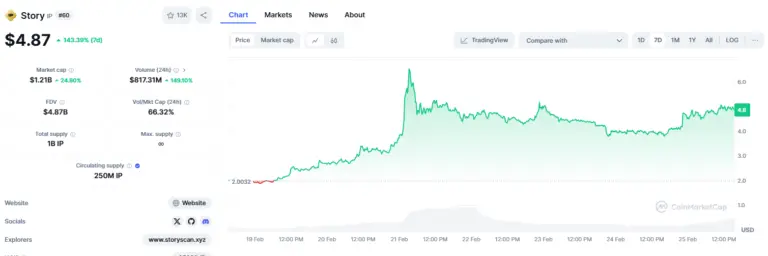Discover the ideal pickleball match duration! Learn how long should you play pickleball for maximum fun and fitness. Find the perfect game length here. Pickleball, a fun and accessible sport for people of all ages and fitness levels, has grown in popularity. Its moderate impact makes it ideal for persons with joint issues or other injuries.
Are you ready for a good time and a fantastic workout? Look no further than pickleball, America’s fastest-growing sport! This sport combines elements of tennis, badminton, and ping pong and has won the hearts of people of all ages. But How Long Should You Play Pickleball to enjoy all its benefits? In this blog post, we’ll explore pickleball’s popularity, its health benefits, and how to determine how long to play with that small yellow ball. So take your paddle and let’s get started.
Table of Contents
How long should you play pickleball?
How long you should play pickleball depends on several factors, including your fitness level, age, and overall health. It’s all about your unique preferences and various factors. How much time should you dedicate to your pickleball sessions?
Choosing The Right Amount Of Water For Pickleball Players
According to CDC guidelines, adults should aim for 150 minutes of moderate-intensity aerobic activity or 75 minutes of vigorous-intensity aerobic activity per week. The exciting part is that pickleball falls under the moderate-intensity aerobic activity category. Playing pickleball for 2.5 hours per week meets the Centers for Disease Control and Prevention CDC’s guidelines. Create your ideal pickleball experience with our assistance.
Assess Your Fitness Level and Stamina
If you’re a newcomer or have limited endurance, start with shorter sessions and gradually increase as your strength improves. Avoid pushing too hard initially to prevent fatigue or injury.
Balance with Your Schedule and Commitments
While hours on the pickleball court might be tempting, find a balance that fits your life. Consider your other responsibilities and how much time you can dedicate to play.
Consider Gameplay Intensity
Pickleball can be physically demanding, especially during intense rallies and matches. For such situations, shorter sessions can prevent overexertion.
Listen to Your Body
Pay attention to signs of fatigue or discomfort during play. Take breaks when needed, and don’t push beyond your comfort zone for your well-being.
- Zimmer Biomet APP NYC Open 2025— Results & Recap
- New Jersey 5s Defeat Ranchers 3-1 to Conclude MLP Austin
- Pickleball Paddle Eraser: The Simple Tool to Keep Your Paddle Clean
- MLP Champions Dallas Flash Improve to 8-0 with Statement Win Over 5s
- Texas Ranchers Hand Orlando Squeeze Stunning 4-0 Defeat at MLP Austin
The ideal duration for playing pickleball can vary depending on your skill level. Here’s a unique breakdown of playtime recommendations for beginners, intermediate players, and advanced players:
For Beginners:
Pickleball beginners should focus on basic skills, court comfort, and rules. Consider 30-minute to one-hour sessions, 2-3 times per week. Beginning beginners can practice without getting tired, improving their skills and enjoying the process.
For Intermediate Players:
Intermediate players know the game’s basics and are improving their strategies and techniques. Each session should last 1.5–2 hours, 3-4 times weekly for Intermediate players. The extra time helps them play longer rallies, try new shots, and improve. It also gives players enough time to play practice games, which is essential for leveling up.
For Advanced Players:
Advanced pickleball players are competitive, responsive, and talented. They play for 2-3 hours per session, 4-5 times weekly. The extended time helps advanced players focus on intense practice, hard matches, and crucial methods for high-level performance.

Factors to consider when deciding how long to play pickleball
Factors to Take Into Account When Determining the Duration of Your Pickleball Sessions:
Physical Fitness: A paramount consideration is your current physical condition. Whether you’re a seasoned athlete or a novice, it’s essential to tailor your pickleball playing time accordingly. Beginners should start with shorter sessions, progressively extending them as their fitness levels improve
Age and Endurance: Age significantly impacts your optimal playing duration. Older players may need to exercise caution and limit their playtime due to decreased stamina and a higher risk of injury. Listening to your body and recognizing your limits is critical.
Skill Proficiency: Your skill level in pickleball can also guide your playing duration. Beginners may find shorter sessions beneficial for mastering the fundamentals without fatigue. Conversely, experienced players might comfortably manage longer playing periods.
Recovery Period: Allowing enough time for relaxation and healing is essential. It’s necessary if you frequently compete in games or competitions. Overexertion can lead to fatigue, muscle soreness, and the potential for injuries.
Prior Commitments: Deliberate on your daily schedule and other responsibilities when determining your pickleball playtime. Maintaining a well-rounded lifestyle is essential to balancing pickleball, work, family obligations, leisure, and other basic activities.
Tips for staying safe and healthy while playing pickleball
Maintaining safety and health during pickleball games is paramount. Consider these distinctive tips for a secure and enjoyable experience:
Pre-Game Prep: Before your match, it’s crucial to warm up properly. Engage in light stretching exercises to limber up your muscles and joints, which reduces the risk of injury.
Dress for Success: Choose the proper dressing. Ensure you have comfortable, court-friendly shoes with good grip, and wear flexible clothing that doesn’t restrict your movement.
Stay Hydrated: Keep yourself hydrated throughout pickleball to maintain your energy levels. Drink plenty of water before, during, and after play to stay on top of your game.
Sun Shield: Pickleball is often played outdoors to protect your skin from harmful UV rays. Apply sunscreen with SPF 30 or higher at least 15 minutes before stepping onto the court.
Master the Moves: Using proper technique improves your game and helps to prevent injuries. Consider taking lessons or watching instructional videos to learn how to serve, volley, and move efficiently.
Listen to Your Body: Pay attention to signs of fatigue or discomfort during playtime. If you start feeling pain or experiencing excessive tiredness, take a break or call it a day altogether. Pushing through can lead to further injury or diminished performance.
Court Awareness: Always be mindful of your surroundings. Watch out for fellow players and potential obstacles like stray balls or uneven surfaces that might pose a risk during your pickleball match.
Conclusion
In conclusion, when playing pickleball, your health, age, and fitness level should determine your ideal duration. Stay in tune with your body’s signals, ensuring you don’t overexert yourself. Start with a nice warm-up, consider protective gear if it adds safety and comfort, and stay hydrated.
Pickleball, a wonderfully inclusive sport, welcomes enthusiasts of all ages and skill levels. So, whether you opt for quick matches or extend your playing time, the primary aim is to savor the game while prioritizing your well-being. So, get ready to grab your paddle, team up with a playing partner, or explore local pickleball clubs, and dive into the excitement of the sport, all while ensuring your safety and relishing every moment of play!






